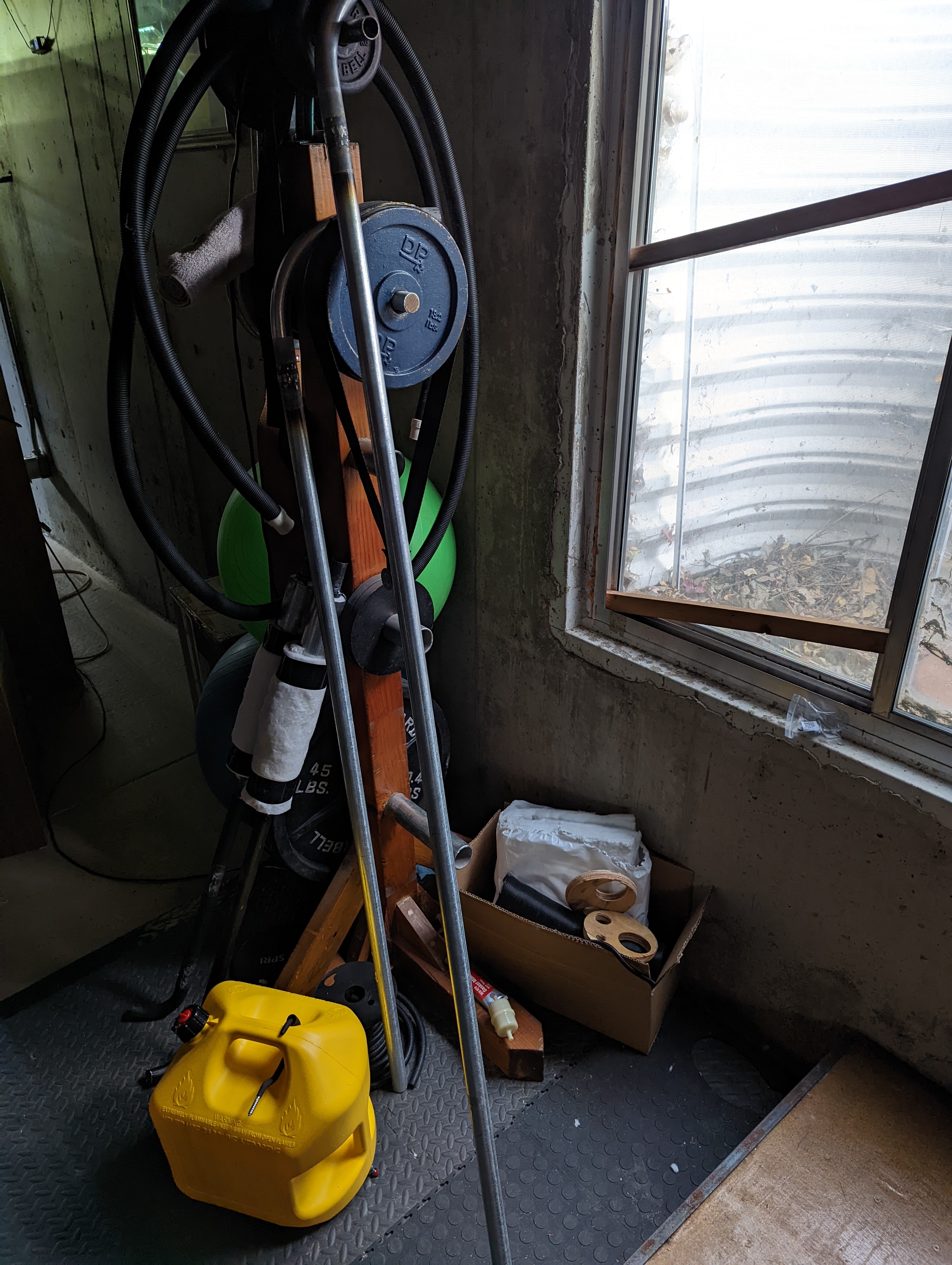A German company came up with this great invention for a portable heater that runs on 12 volts and diesel fuel back around the turn of the century. They became popular additions to many OTR trucks, RV’s and garages everywhere. Then the Chinese started mass producing them for half or less what the Germans did after the patent expired some years ago.
Having grown up in a house heated with firewood, I’m always curious about things like this. We’ve been using kerosene burners to supplement the furnace heat here at 5712 all along. The issue with them is they need relatively expensive K-1 kerosene. Burning anything heavier clogs up the wick real quick. I have over 40 gallons of waste motor oil (WMO) I’ve been saving for some reason, so the cheap Chinese diesel heater looks like an interesting possibility for recycling some petrochemicals.
Dedicated commercial-grade WMO burners for heating large spaces can be had for a few grand. They are too big and expensive for my hobby applications. Of course it would be inadvisable to burn straight WMO in the Webasto, but I’ve seen indications people are burning all sorts of crap in them with varying levels of success. The issue is similar to wickage clog in the primitive burners: gunk buildup.
I set up a filter rig for the WMO process a long time ago. It’s a 3-stage system that takes any liquid run through it down to <1um particulate content after a few passes – probably cleaner than new, except for the dark tint. It makes a great fuel add for the diesels, especially since low sulfur diesel started ruining all sorts of diesel engine components. Just needs the soot filtered out before using in the fuel, so as to not clog things up there. After retiring and sending the Common-rail Dodge off to Phoebe, my WMO use rate plummeted. Then last spring I noticed the WMO barrel was almost full. I bet mixing my pristine filtered WMO with diesel will yield an acceptably clean-burning ratio in the Webastos at some as-yet-unknown concentration.
I had an epiphany one day after watching a Youtube video about the Chinese Diesel heaters. Building code here requires indoor-installed forced air HVAC to have additional external ventilation. I guess it’s just a better-safe-than sorry approach to people who don’t maintain their equipment. One of the 1st things done after we moved in was to remove the basement furnace vents. I prefer a carbon monoxide detector to a cold basement. it’s normally a few degrees colder down there, even without the vents. So there’s still a couple of blocked-off 6″ duct holes in the basement wall needing some Webasto tubing run through them!
It’s taken a month to gather all the bits and pieces, fab parts, do the welding, etc. I’ve been taking pictures and will post the rest of this story with another write-up soon as it is installed, tested and ready to go…

